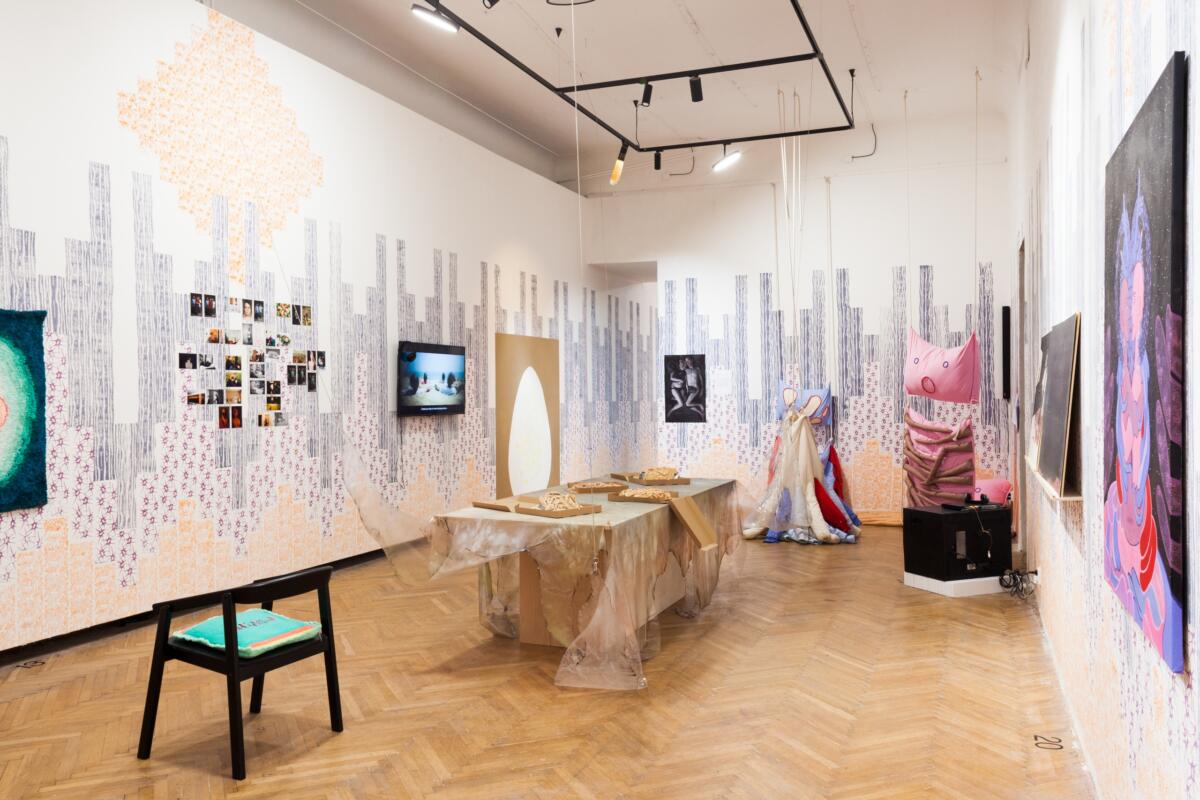
Fighting the family regime might thus look like several different things: prising the state’s boot off the neck of a “legal” family of “aliens,” for in- stance, and at the same time offering solidarity to a queer kid in that same family, should she need it, against her parents.
Sophie Lewis, Abolish the Family
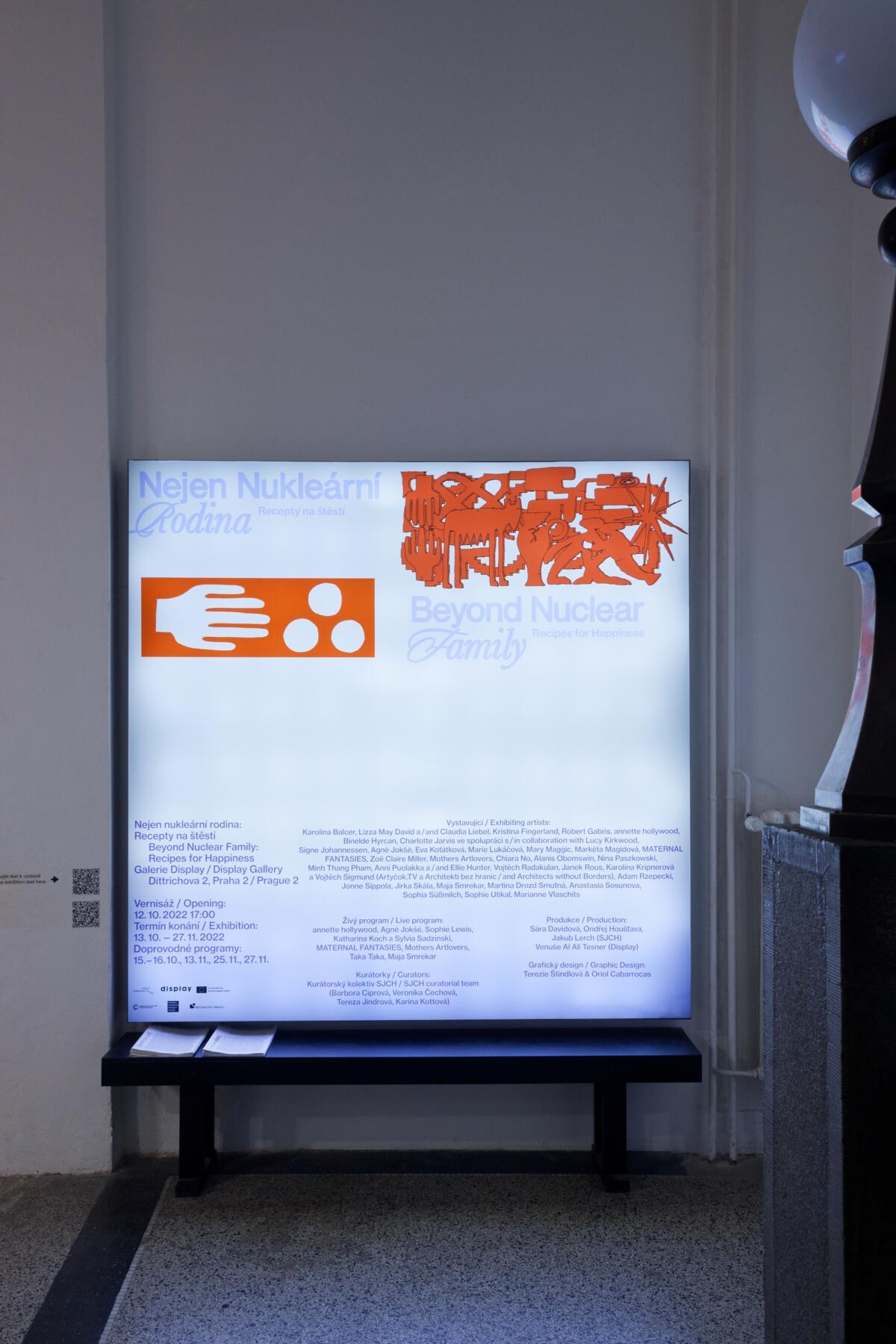

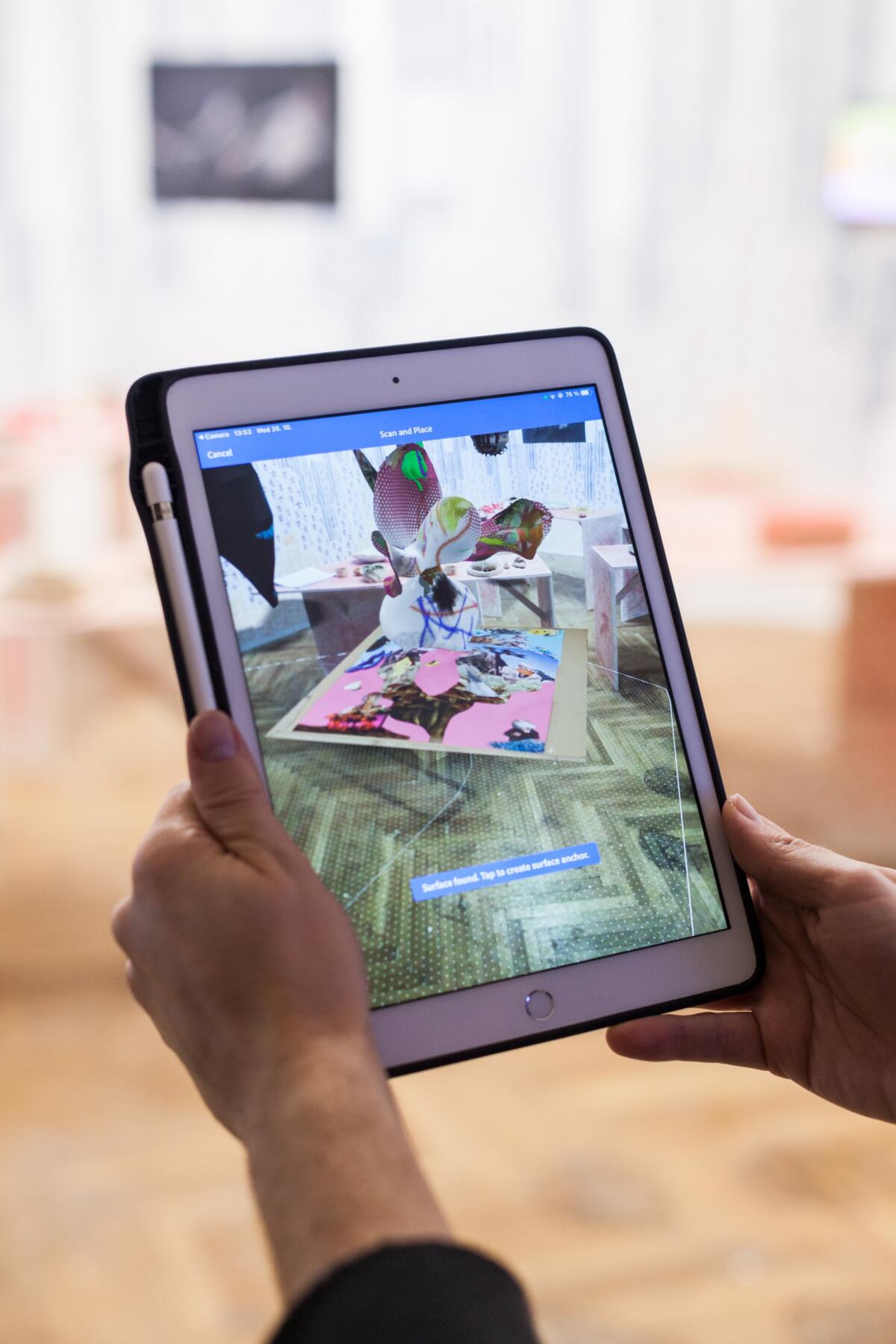
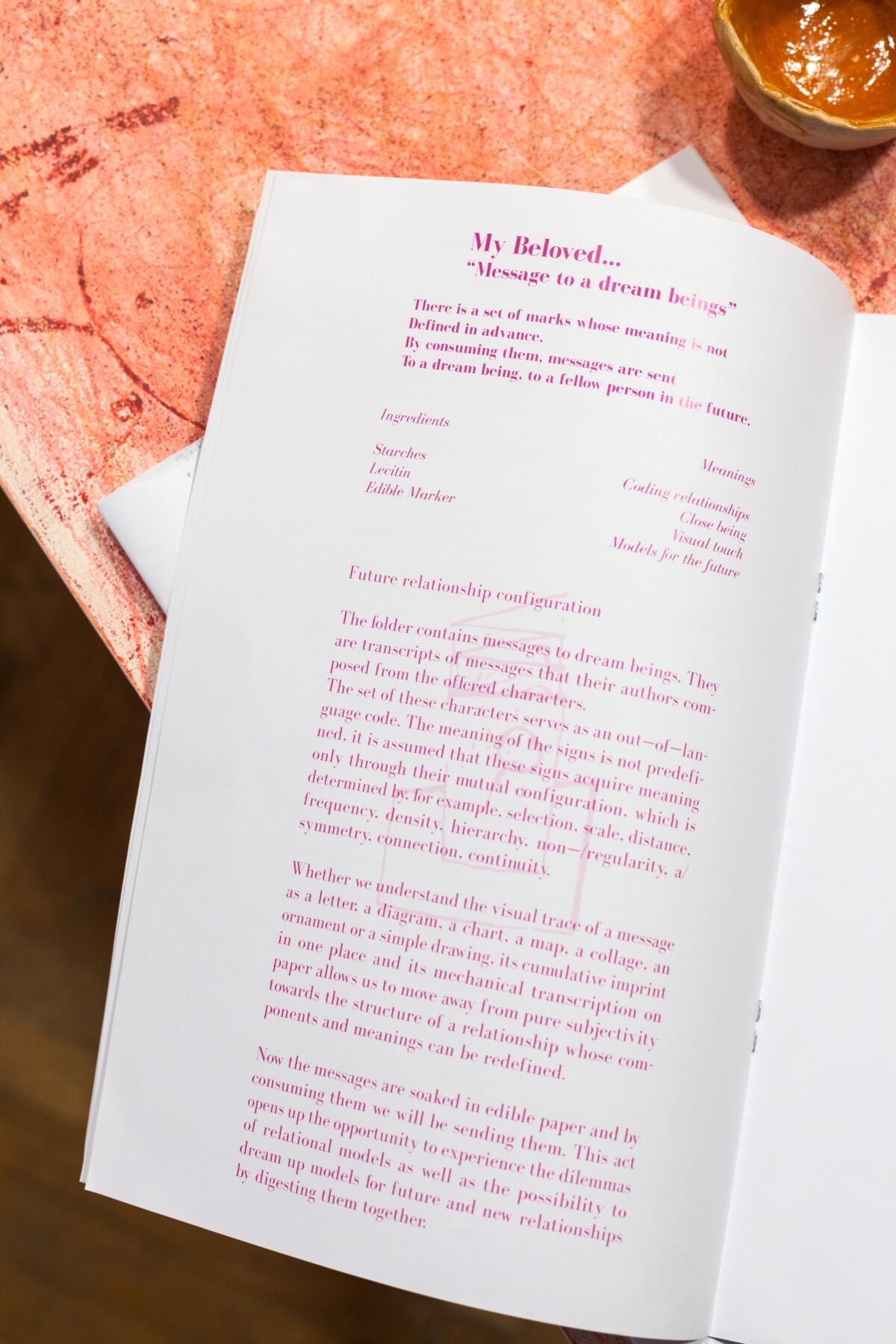
The word “family” typically evokes (or at least we are used to thinking it should evoke) things such as closeness, mutuality, care and the warmth of the family hearth. For some, this is indeed what family means, but for many others it is just a kind of desired ideal by which they judge their own, often much harsher, reality. The family has also become a very strong foundation of capitalism. The nuclear family unit is the ideal site for the fulfillment of the imperative of progress, the division between paid or unpaid and better or worse labor, and the rise of the associated gender, class and other inequalities. After all, mom, dad and their children need to live in their own apartment or house, own a washing machine, a dishwasher, a car, a bunch of clothes and toys and a number of other “necessities” that, for the most part, match what the family next door also owns. And if there is a mismatch, it’s often a driving force for greater productivity, so that we can also have everything that those living next to us have and which hopefully makes them happy. It seems that many of us now feel that this is unsustainable. That the economic and consumerist model associated with the ideology of the nuclear family is not beneficial to our planet and carries with it many potentially negative consequences on the social and psychological level. But if happiness is not to be found in the accumulation of commodities and we cannot rely on the nuclear family formula promoted by media and market- ing, along with its many gender-based and other stereo- types, where do we, then, look for that happiness or what should we even imagine when we hear that term? And what should we do with our own understanding of family, so that care, happiness and togetherness aren’t just empty words from a butter commercial?
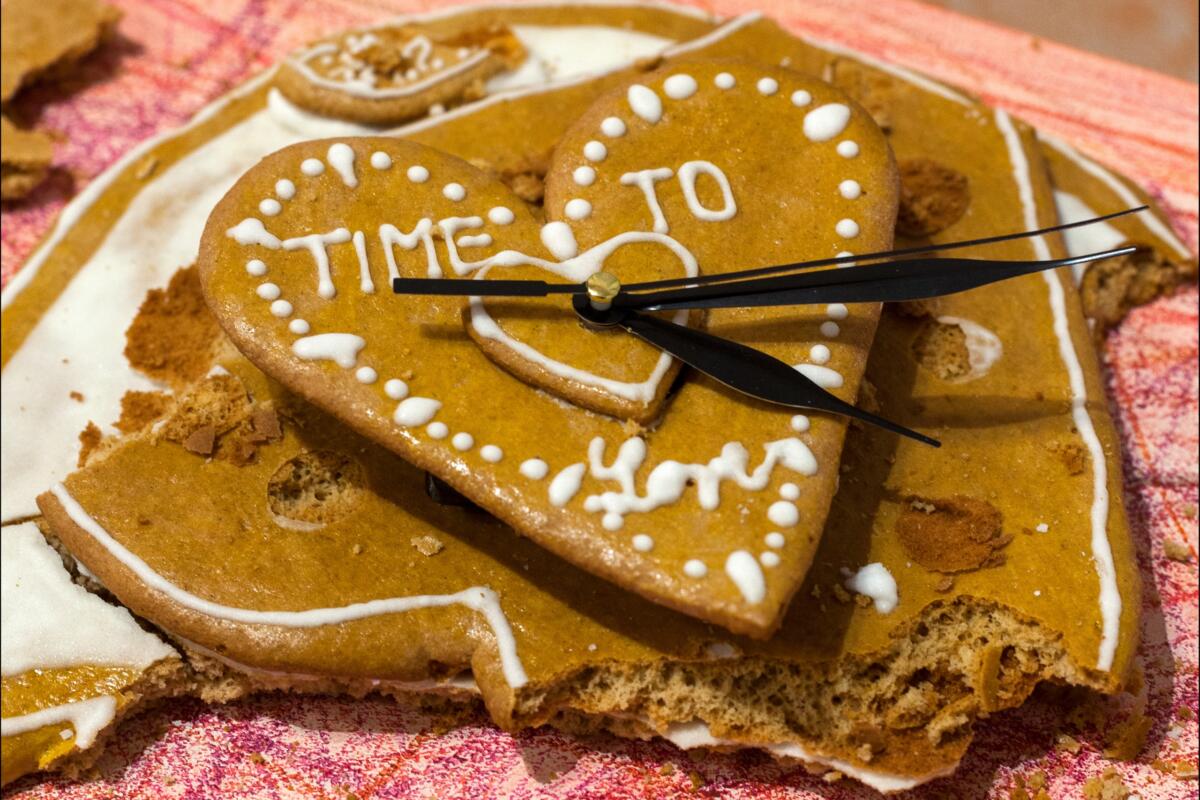

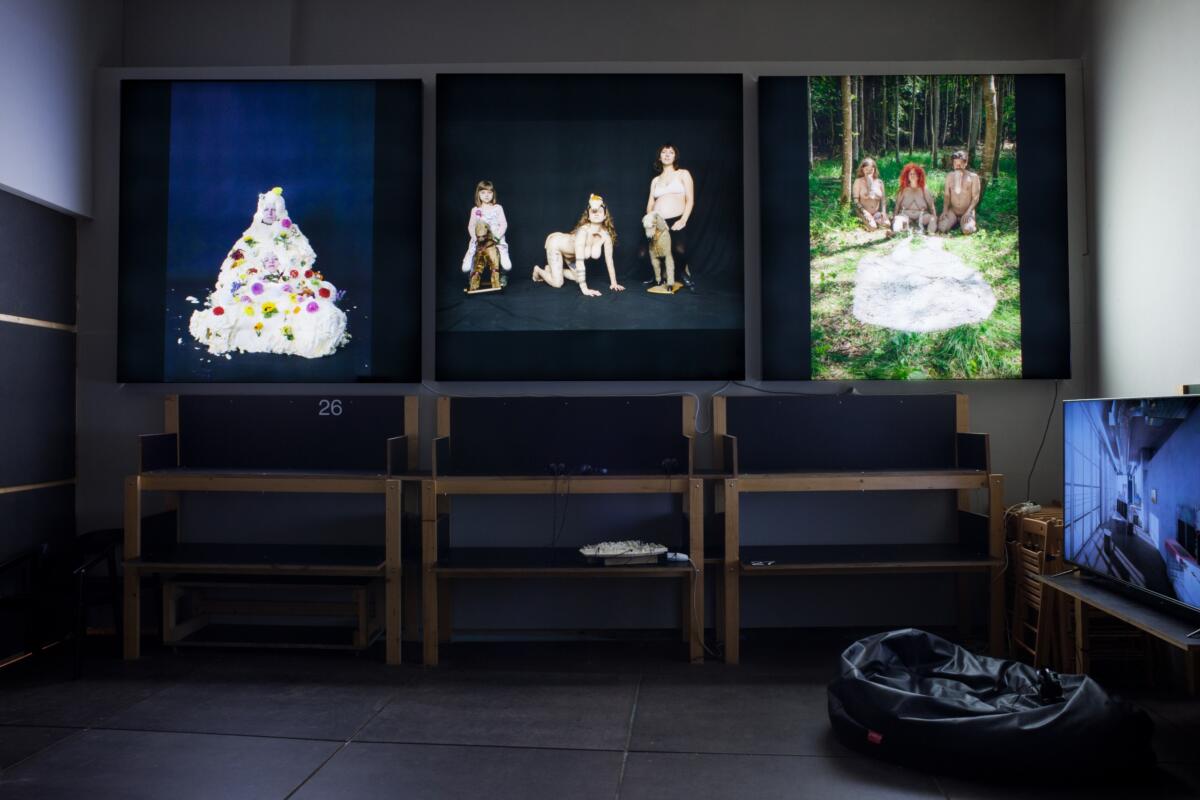
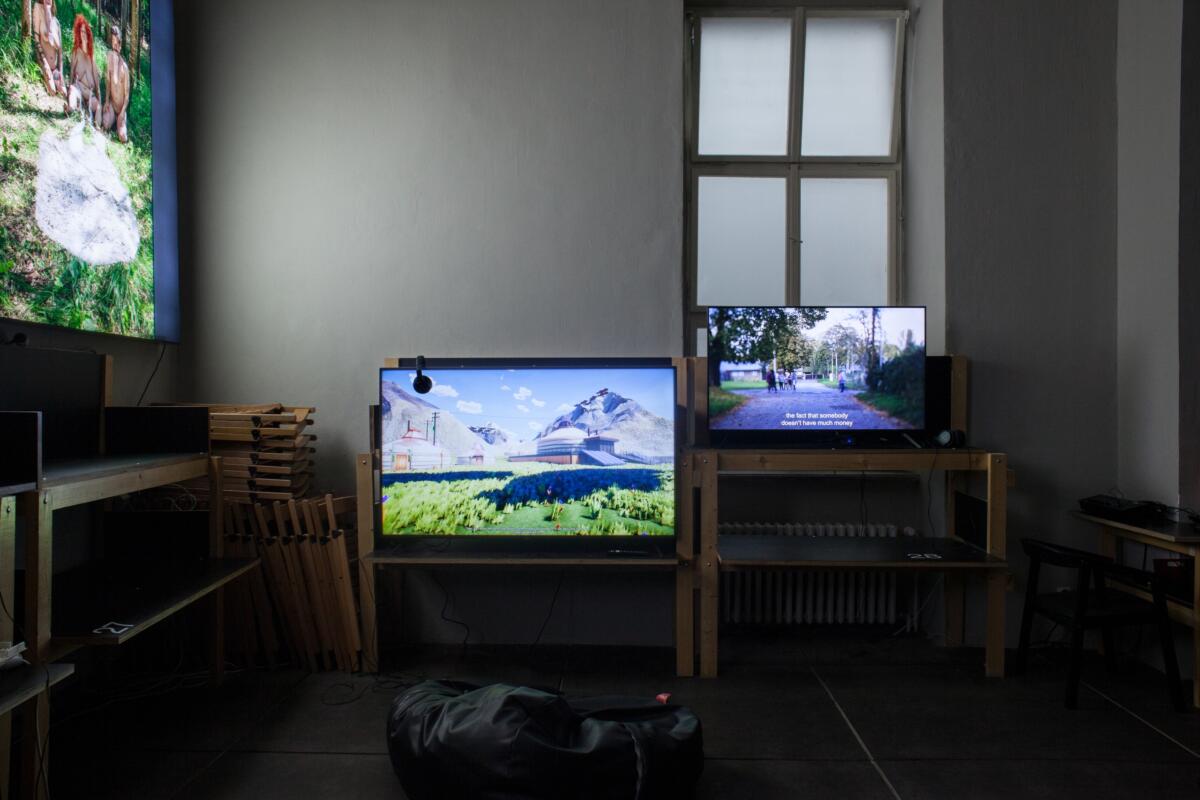
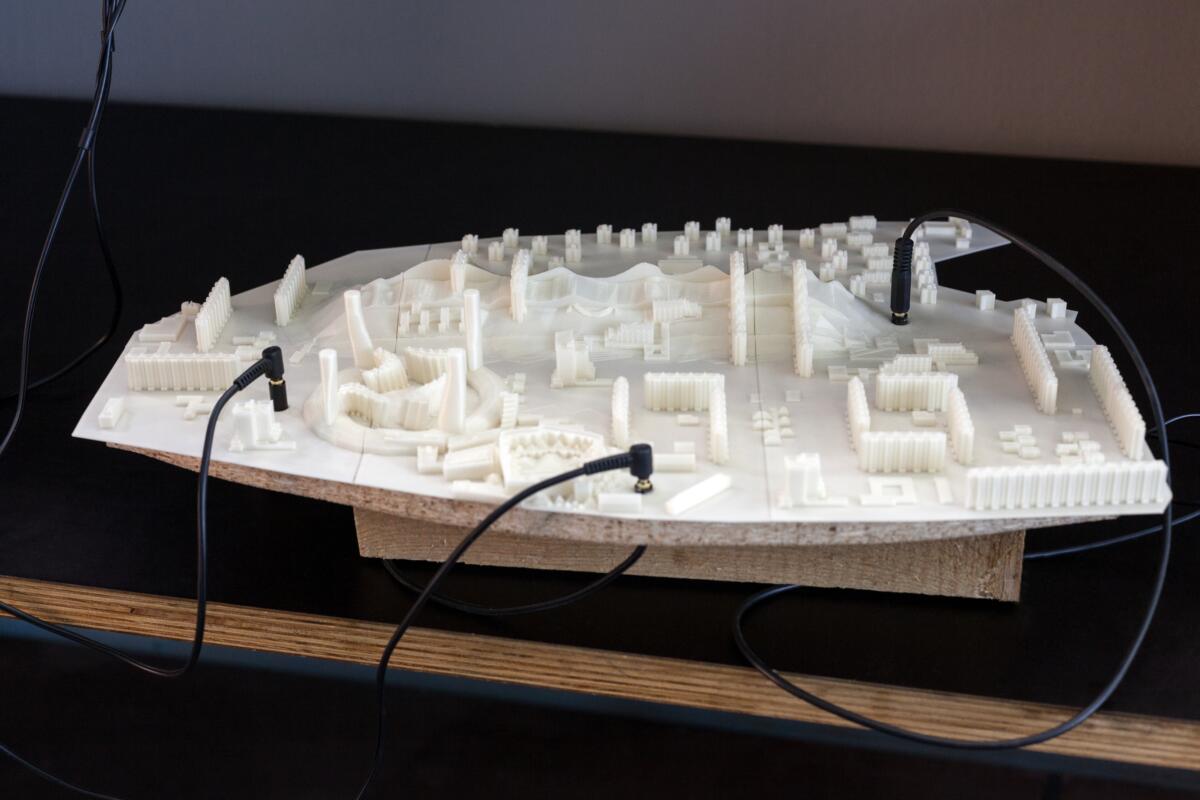
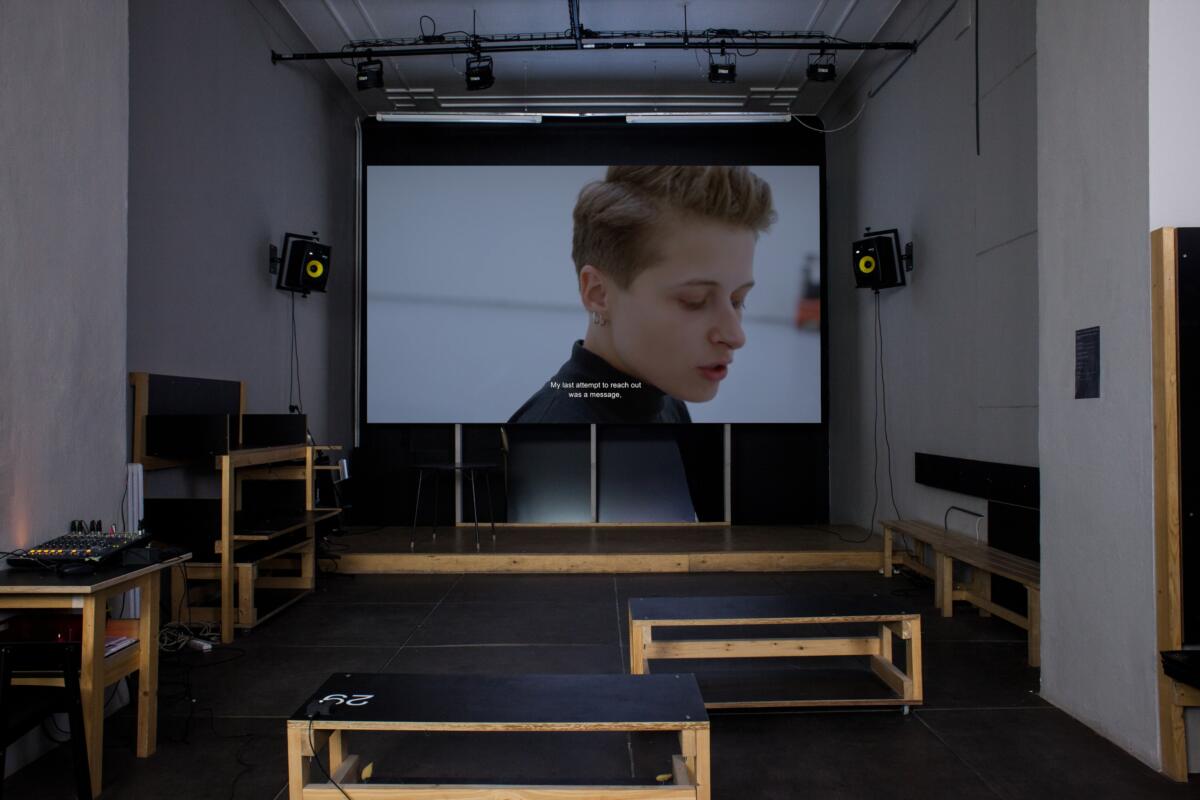
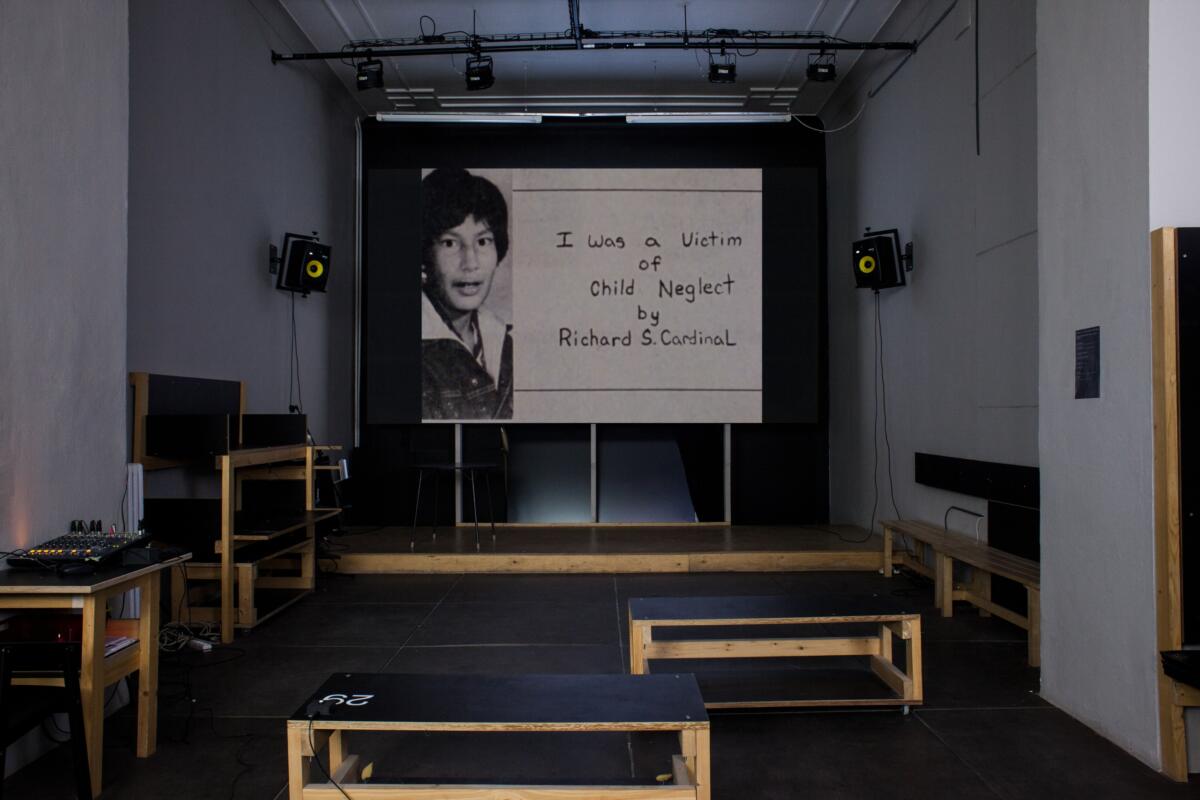
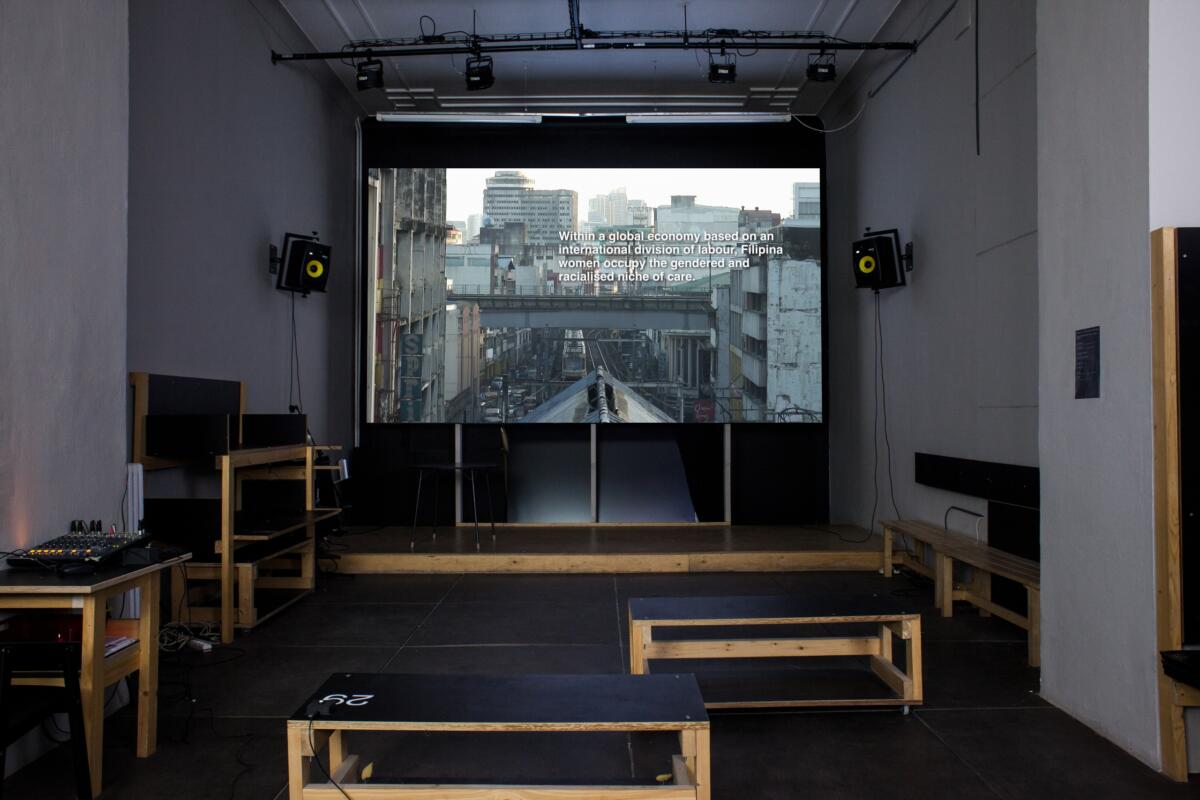

The exhibition Beyond Nuclear Family seeks to provide a critical revision of the modern Western concept of the family and, through the works of more than forty exhibitors, explore the alternatives – historical and contemporary, geographically and culturally specific, utopian and fictional. Although a large segment of society lives in other arrangements, the nuclear family – defined as a married union of a man and a woman living together with their biological children – currently represents the unwritten status quo of our cultural context. At the same time, in a number of non-European cultures and, at the end of the day, even in Christian Europe, family and cohabitation have long been characterized as intergenerational or even outright communal. The short-lived triumph of the nuclear family was ultimately just the period of economic growth and unique socio-cultural conditions of the 1950 s and early 1960 s in North America. Later, due to economic and cultural reasons, the “ideal”, where it was possible to support a family from the salary of a single “breadwinner”, began to deteriorate fairly rapidly. The nuclear family had shown its darker side. The rise of feminism and the LGBTQAI+ movement and, more generally, the differentiation of society led to a gradual transformation of established roles and entire family systems. Nevertheless, the image of the happy little nuclear family has become a kind of global prototype, a yardstick by which we measure all other (family) constellations. It has also become a dominant paradigm on the political, social and educational level as well as from the point of view of the rule of law, especially in the European and American countries. In recent years, populist and neo-liberal politicians in Central Europe have adopted the term (traditional) family as a dog-whistle to push for restricting human rights related to the issues of reproduction, gender, equal marriage, etc.
Beyond Nuclear Family therefore delves into the various ways of creating and naming the family along with the relationships and roles that its members hold within it, while also aiming to deconstruct the dominant image of the family, which is all too often a source of frustration and a tool of manipulation. The subtitle of the exhibition uses the established phrase “recipe for happiness”, which usually functions as hyperbole commenting on the impossibility of finding a single universal guide for achieving a happy life. By transforming this phrase in the plural form of “recipes”, we wish to express the plurality of forms that different family arrangements – as well as systems that go beyond the very concept of family – can have. In the spirit of Sophie Lewis’s recently published book Abolish the Family, we consider what might emerge from the void left behind at the end of “family history”. We do not wish to dismiss those who have genuinely found their happiness within the nuclear family – or those still searching for it there – we wish “only” to undermine the pyramid of social values, on the top of which sits the idealized image of the nuclear family.
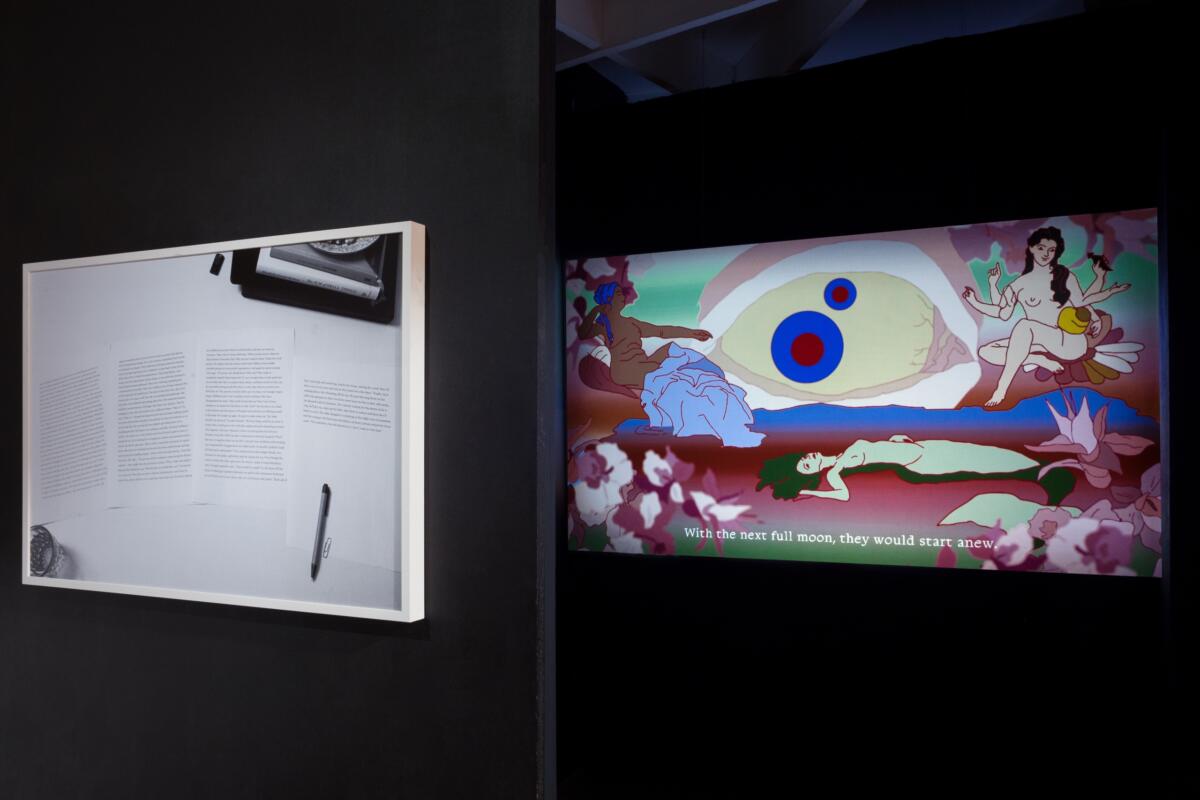
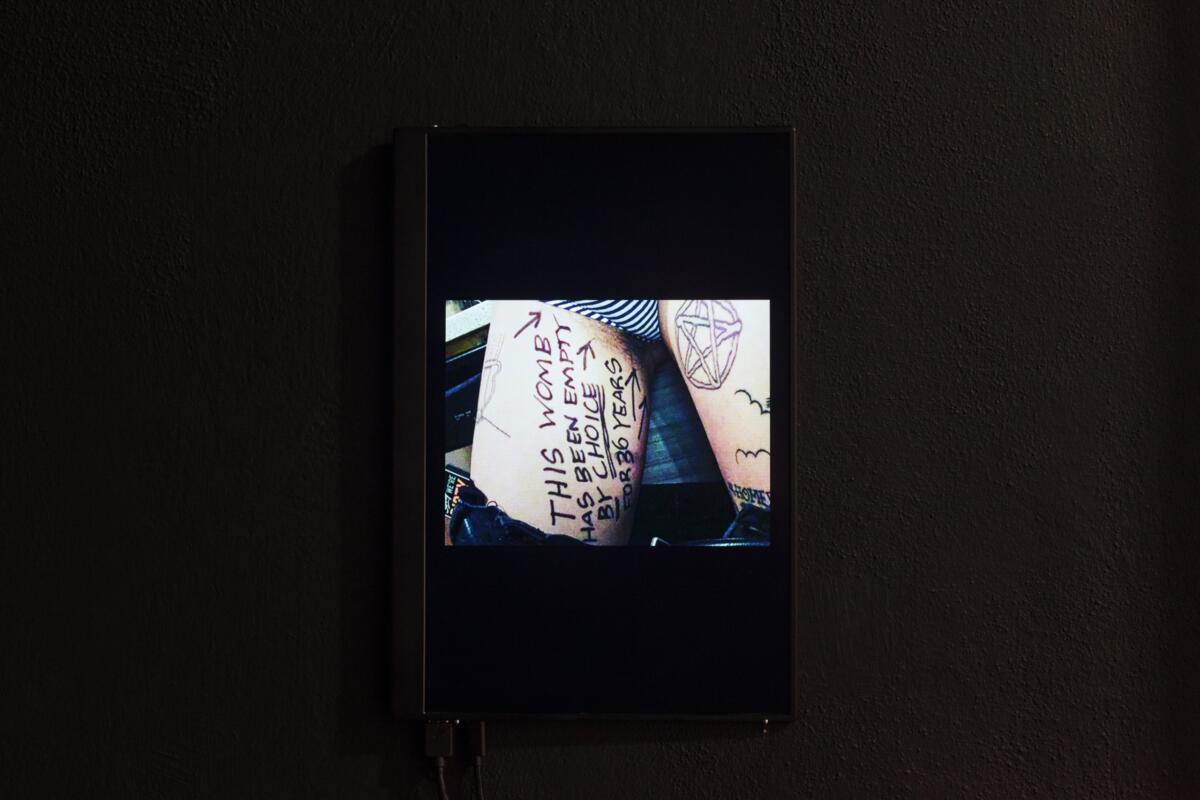
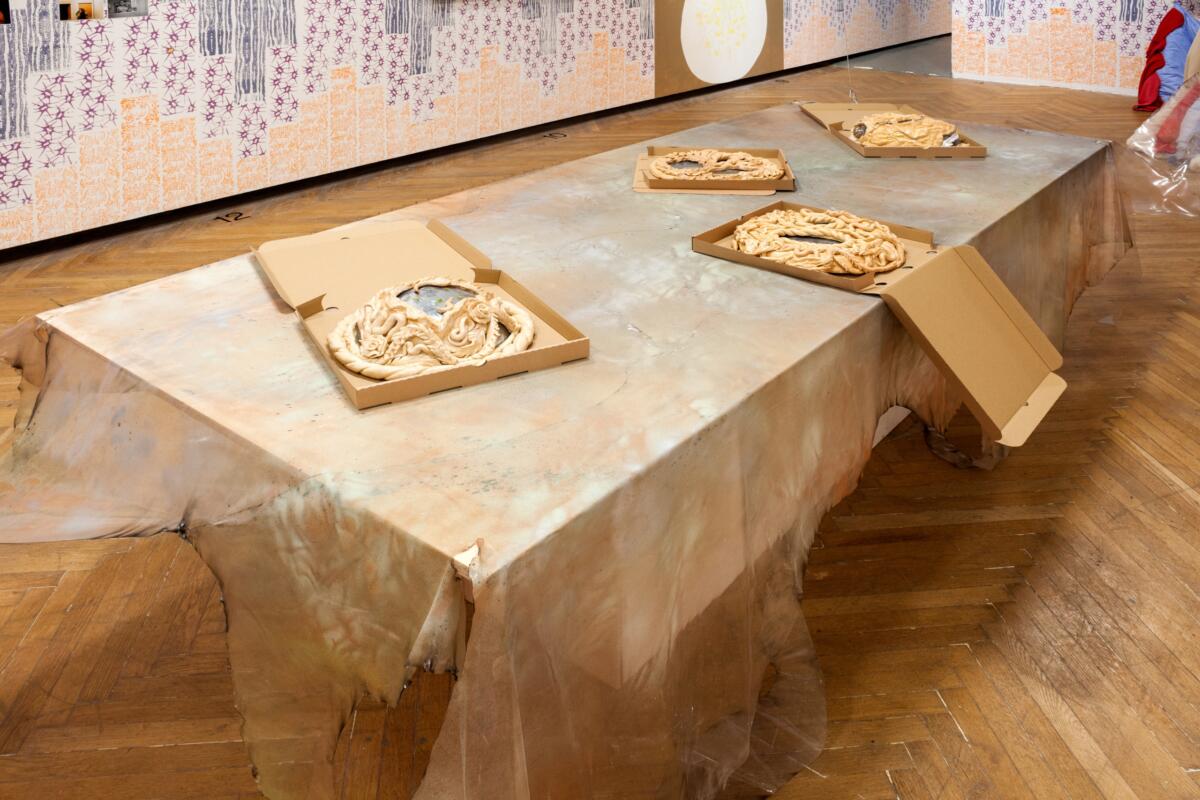
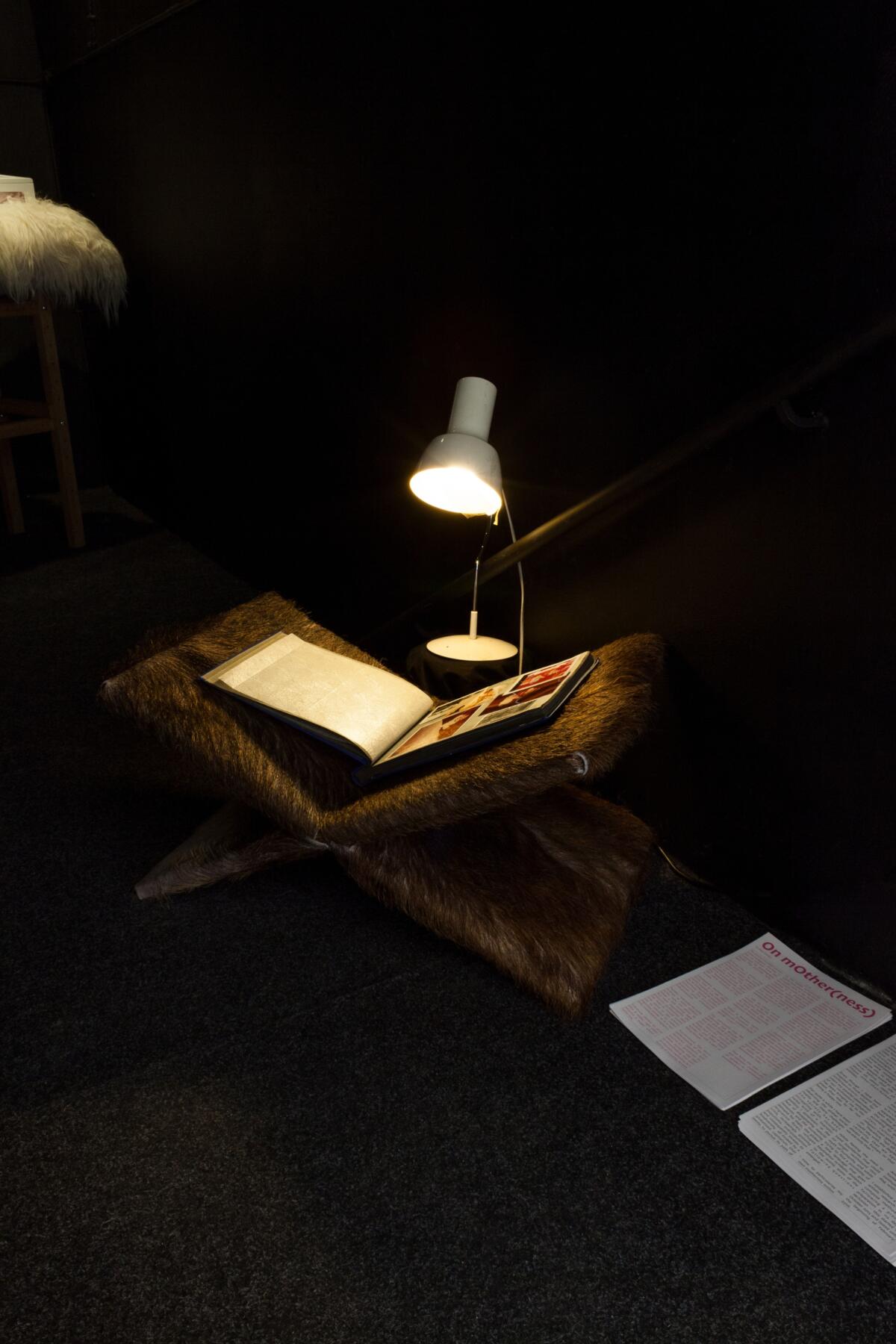
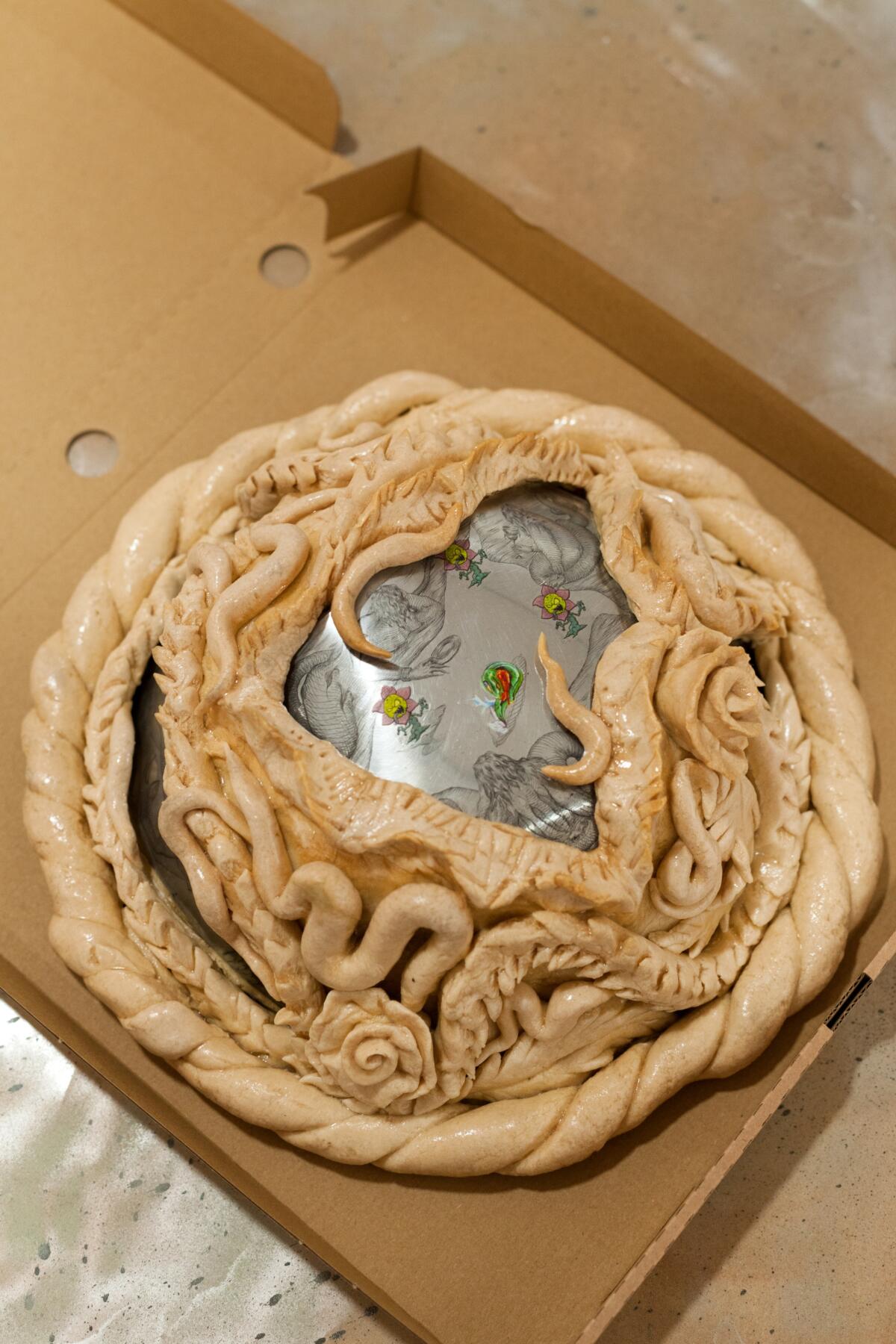
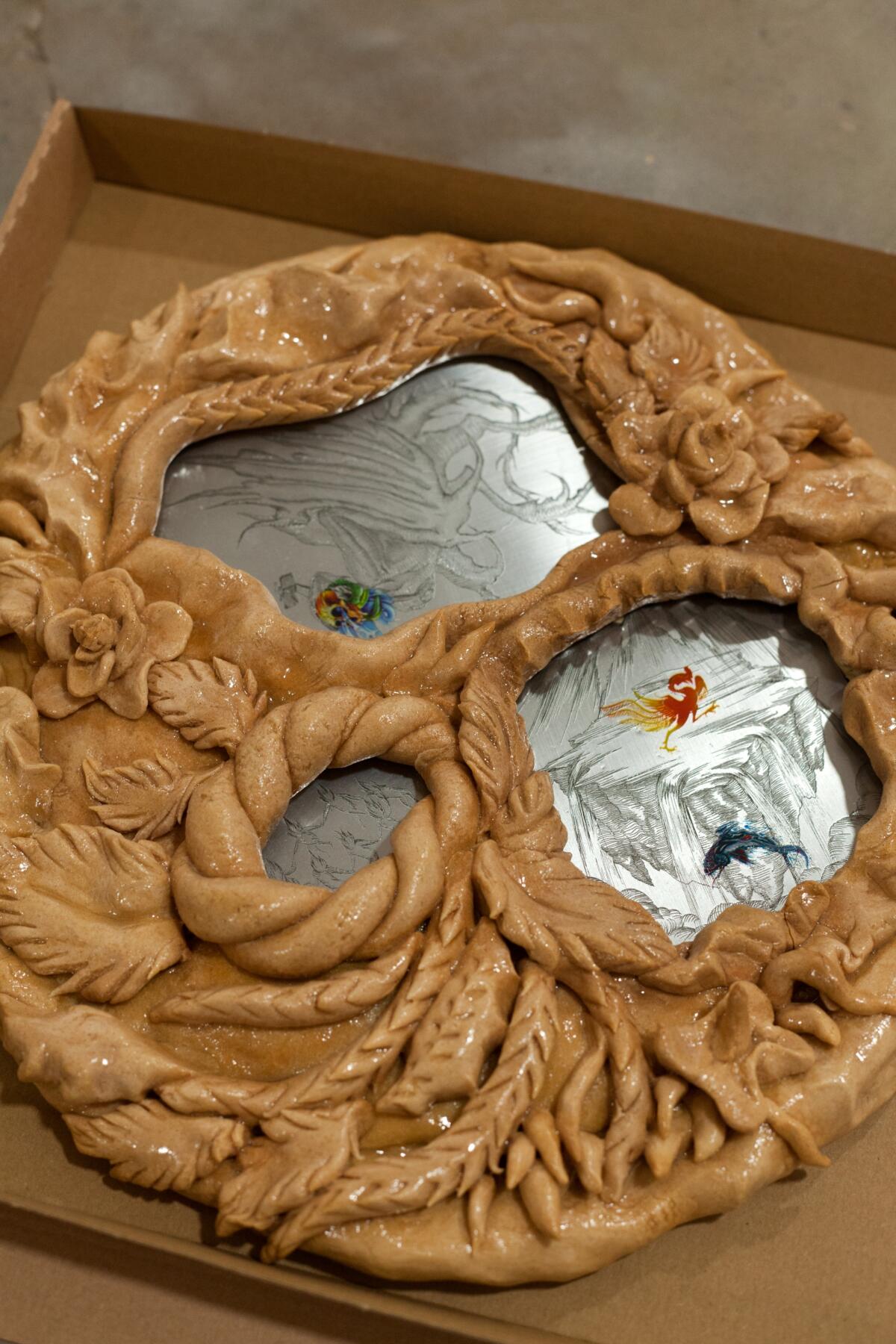
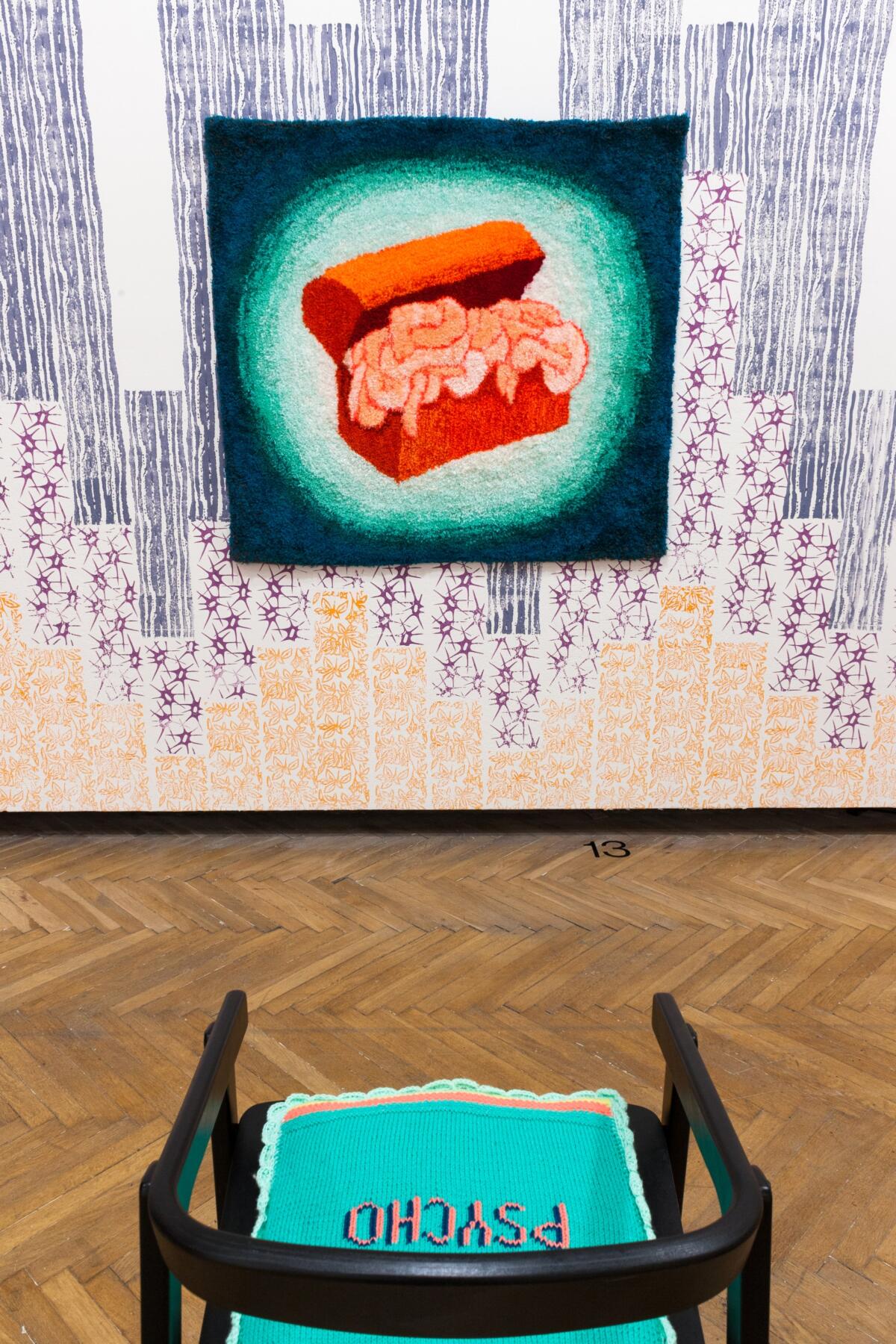
Thanks to the installation by the art collective Mothers Artlovers (in collaboration with the Berlin-based collective MATERNAL FANTASIES), visitors to the exhibition will encounter specific recipes and dishes related to the critique of social institutions (which also include the idea of family) and relationships. The audience will be able to reflect on the issues in question at a triangular table reminiscent of Judy Chicago’s iconic feminist work The Dinner Party. Just like this performance-installation, works by Eva Koťátková, Maria Lukáčová, Markéta Magidová, Vojtěch Radakulan, Jirka Skála and Martina Drozd Smutná were also made directly for the Beyond Nuclear Family project. They explore the family through the dreams of children and parents, escaping the gender binary, utopian family revolutions, architecture governing or determining coexistence models, lack of (cultural) capital and the interconnectedness, fragil- ity and ambiguity of relationship patterns. These works as well as those from a host of international artists – whether paintings, photographs, videos, texts, textiles, sculptures, performances or outputs of artistic research – can be loosely interpreted as possible recipes or (missing) ingredients for family, or more broadly, interpersonal happiness. Taken together, the exhibition thus represents a comprehensive and diverse “cookbook”. The exhibition is also made unique through the exhibition architecture and the unifying artistic intervention of Vojtěch Radakulan.
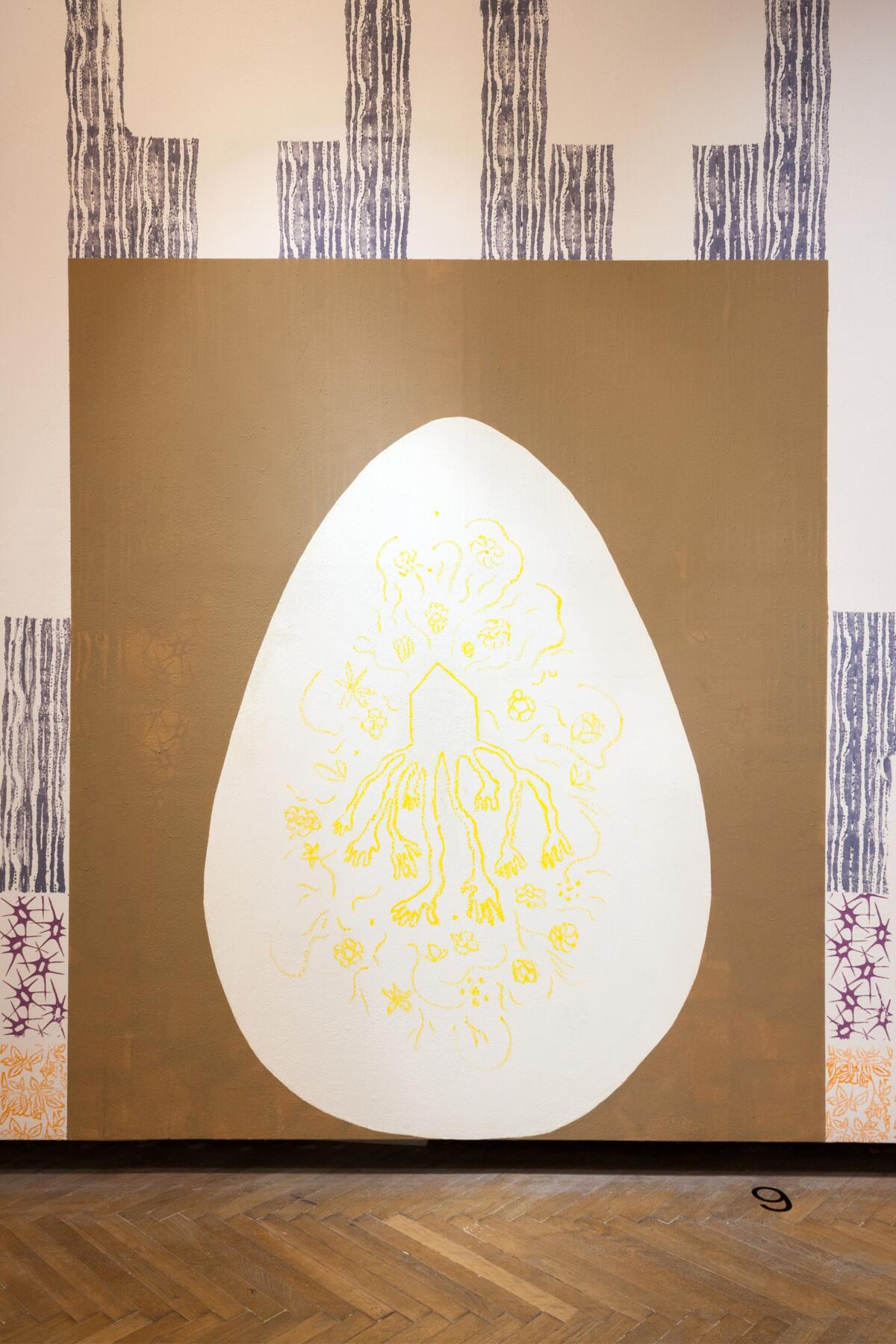
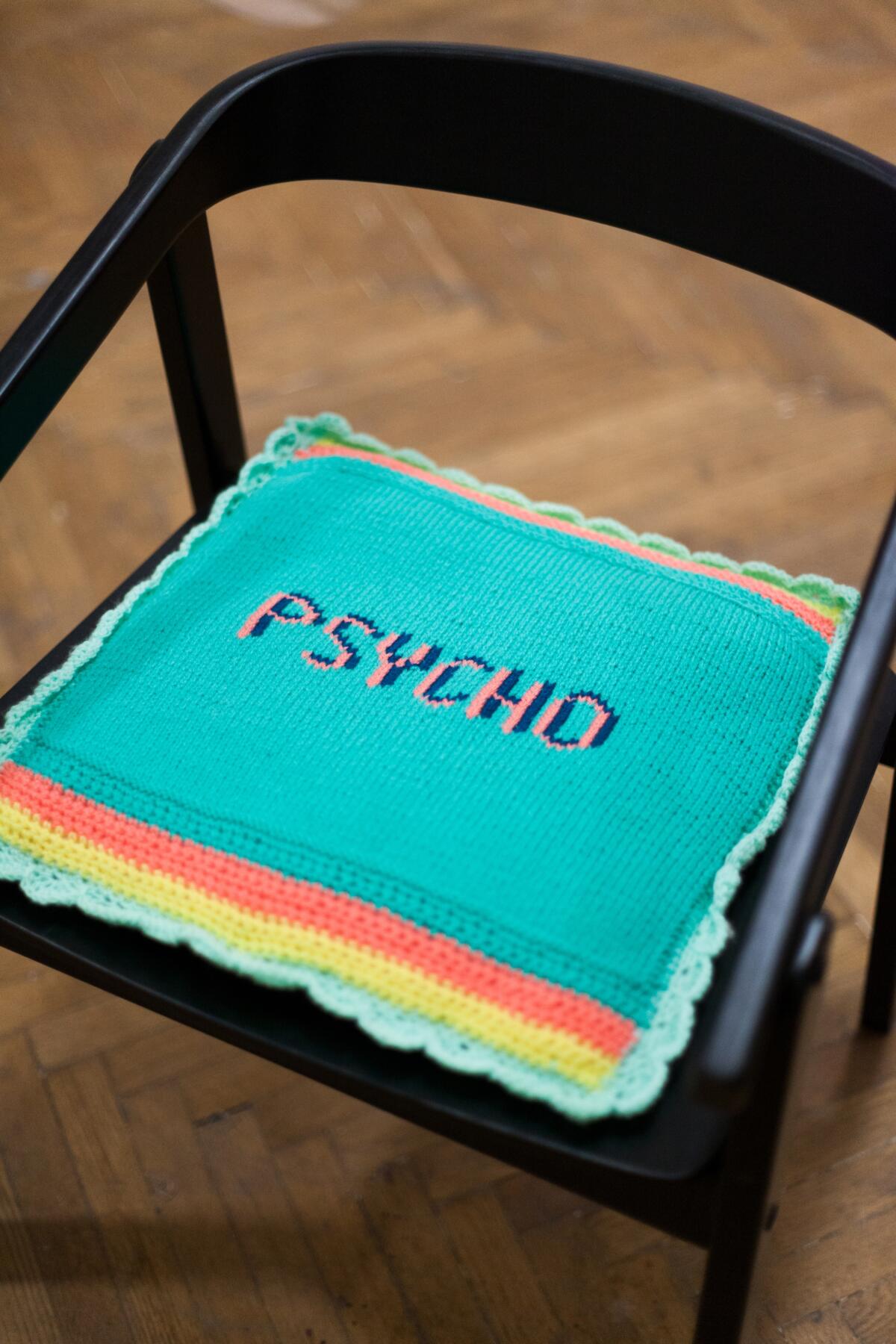
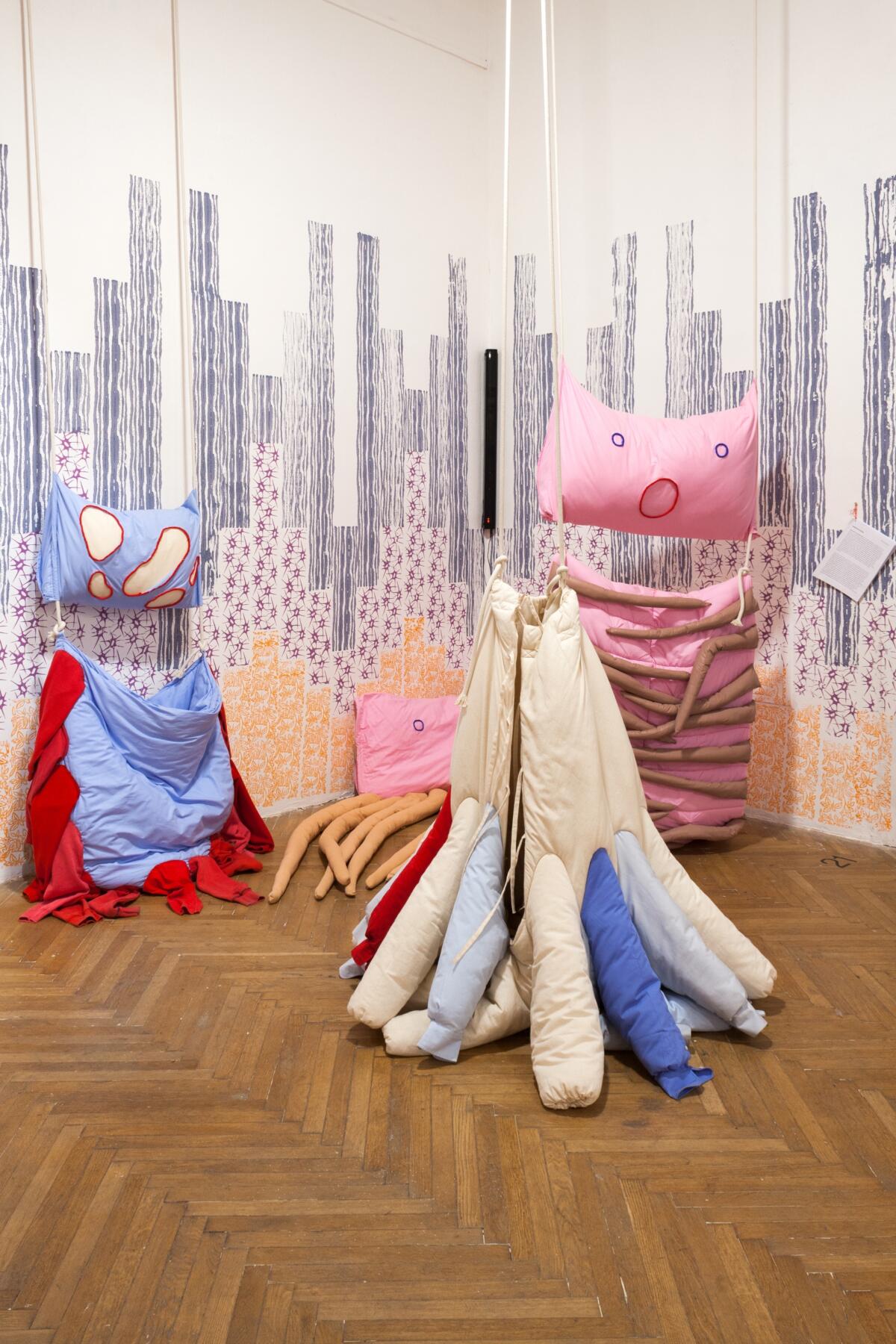
Due to the Covid-19 pandemic, the plan for a one-off exhibition became a three-year project and, in a way, a work of love for the curatorial collective of the Jindřich Chalupecký Society. In 2020, we organized a performance and exhibition pop-up at the Center for Contemporary Arts Prague, which was followed by an online residency on the DGTL FMNSM platform. In the spring of 2022, we presented the exhibition Beyond Nuclear Family: Around the Family Table in Berlin’s alpha nova & galerie futura. The current exhibition at the Display Gallery in Prague, subtitled Recipes for Happiness, will be followed by a final iteration at the EFA Project Space in New York in November of this year. Although each of the exhibitions takes a slightly different angle, they follow up on each other both conceptually as well as in terms of the exhibiting artists, who are often rep- resented by different works throughout the project.

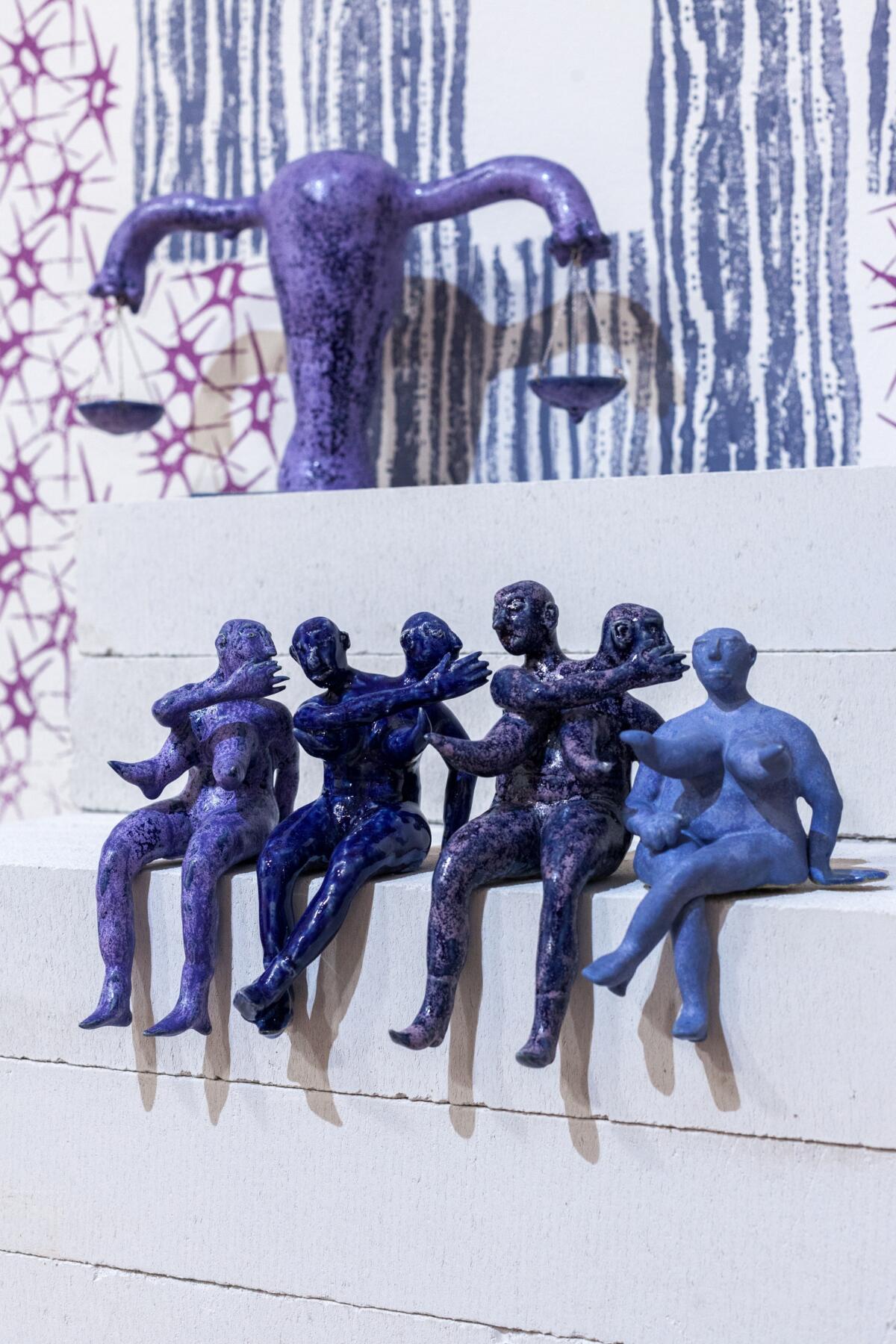
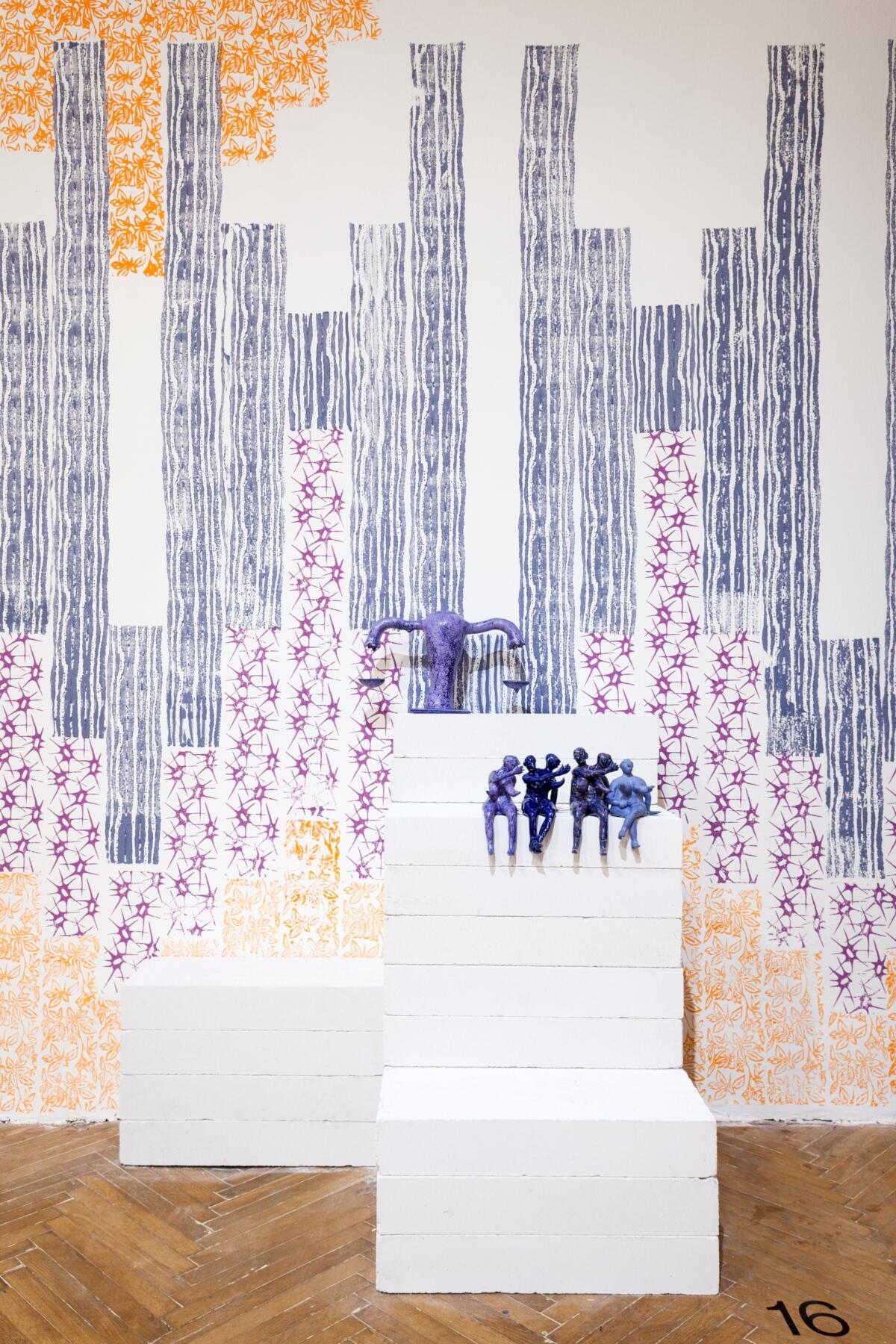
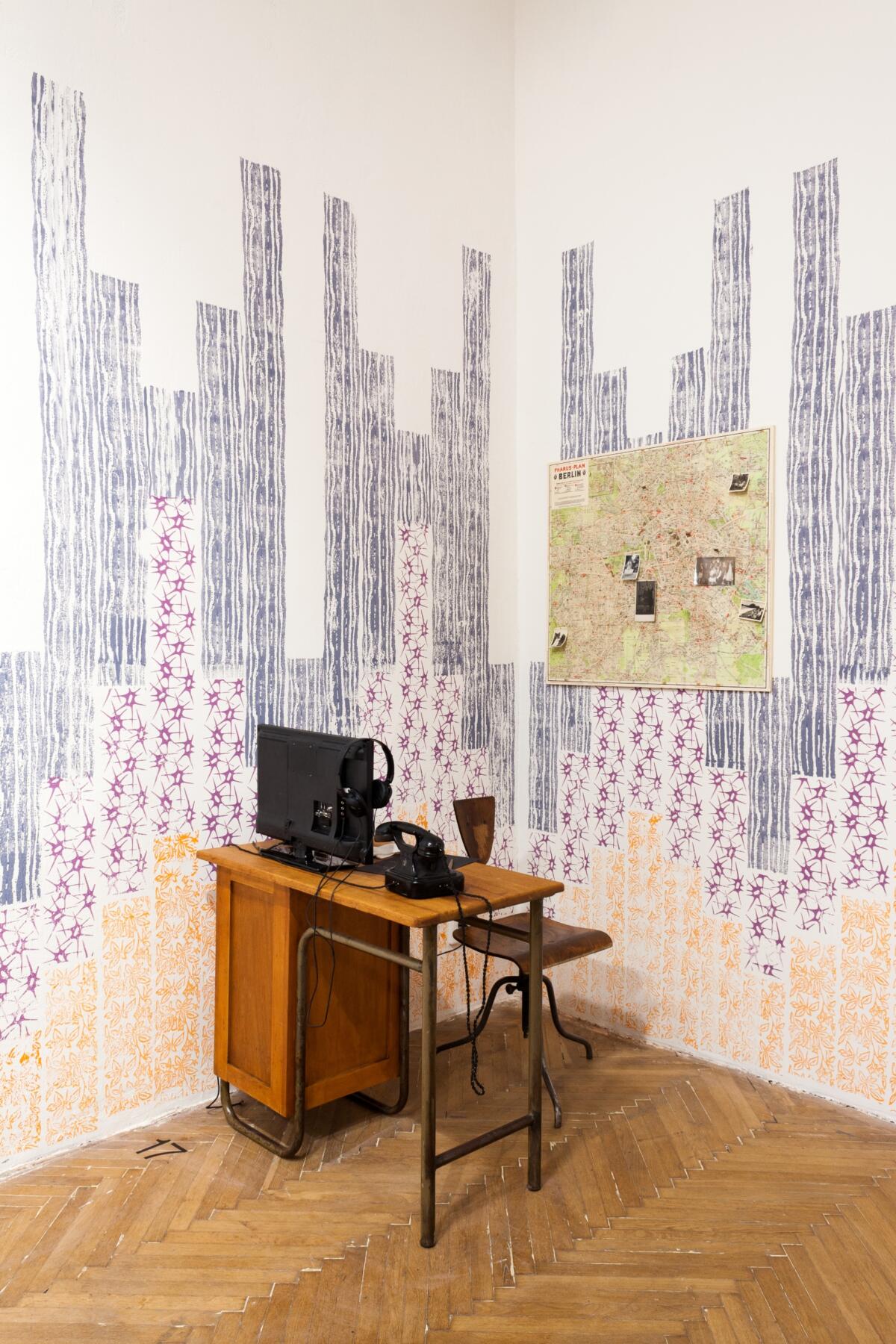
Beyond Nuclear Family represents the third chapter in the Jindřich Chalupecký Society’s long-term project Islands: Possibilities of Togetherness. It is also part of the international platform Islands of Kinship: A Collective Manual for Sustainable and Inclusive Art Institutions, co-financed by the European Union.
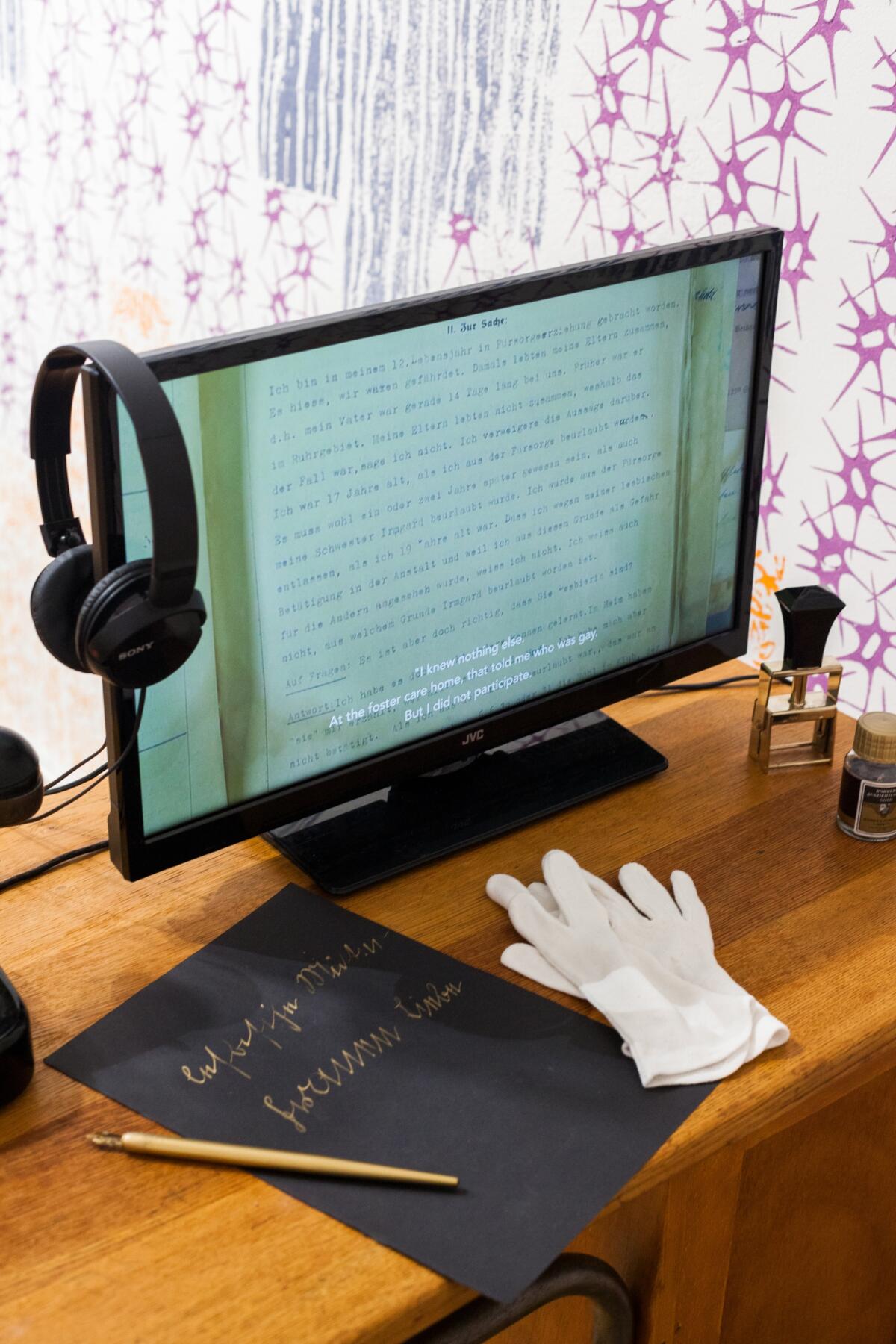
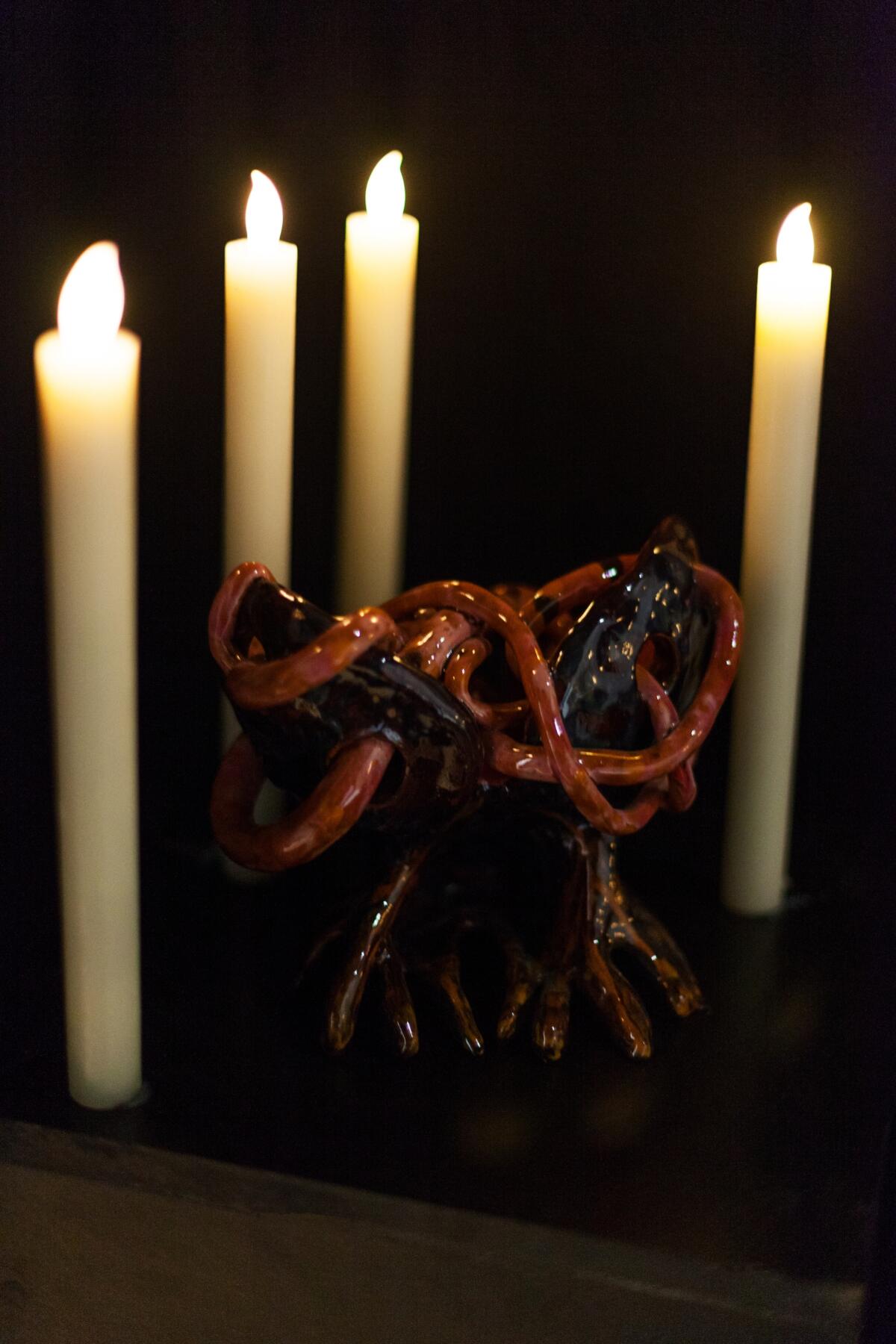
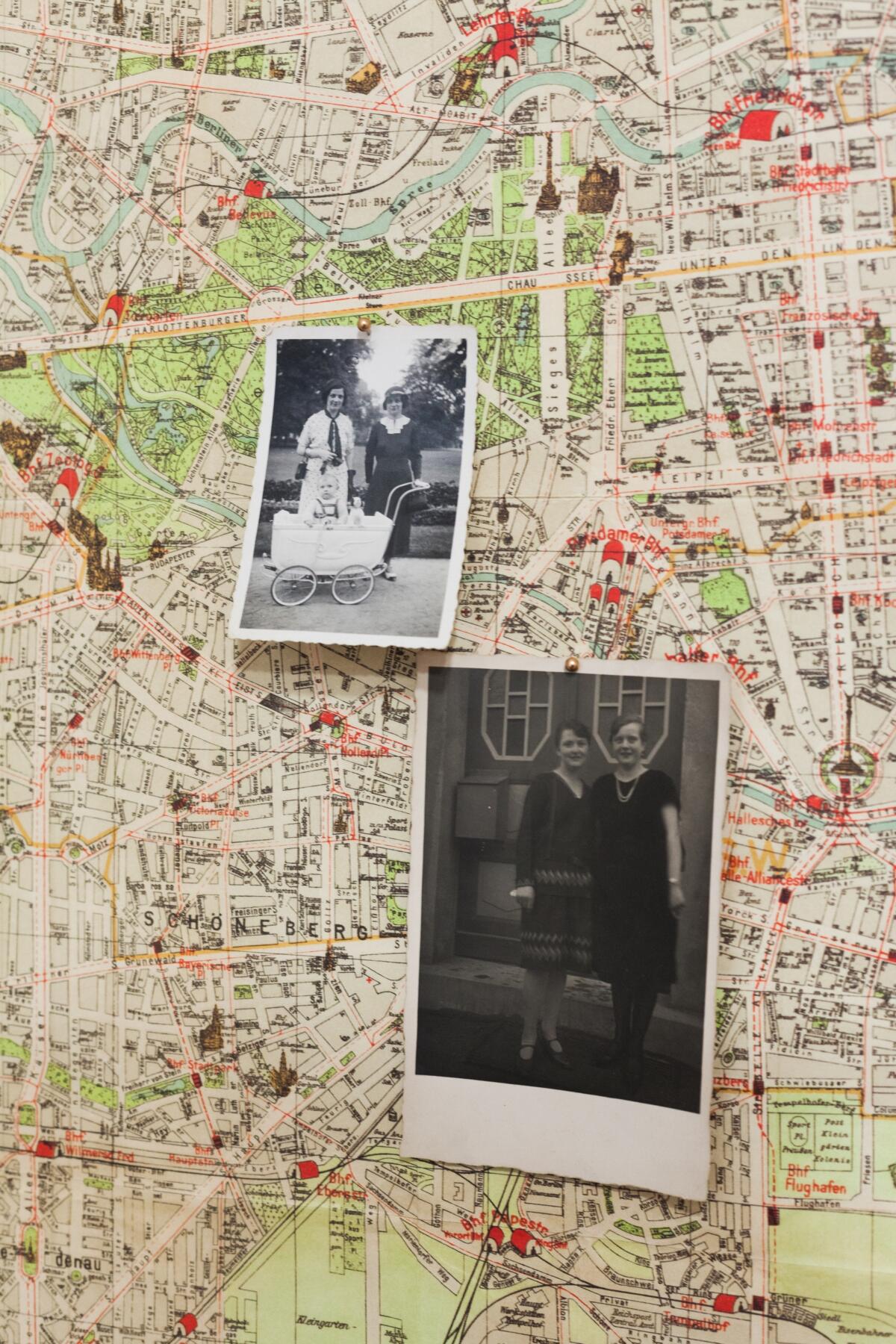
Imprint
| Artist | Karolina Balcer, Lizza May David and Claudia Liebel, Kristina Fingerland, Robert Gabris, annette hollywood, Binelde Hyrcan, Charlotte Jarvis in collaboration with Lucy Kirkwood, Signe Johannessen, Agnė Jokšė, Eva Koťátková, Marie Lukáčová, Mary Maggic, Markéta Magidová, MATERNAL FANTASIES, Zoë Claire Miller, Mothers Artlovers, Chiara No, Alanis Obomsawin, Nina Paszkowski, Minh Thang Pham, Anni Puolakka and Ellie Hunter, Vojtěch Radakulan, Janek Rous, Karolína Kripnerová and Vojtěch Sigmund (Artyčok.TV and Architects without Borders), Adam Rzepecki, Jonne Sippola, Jirka Skála, Maja Smrekar, Martina Drozd Smutná |
| Exhibition | Beyond Nuclear Family: Recipes for Happiness |
| Place / venue | Prague |
| Dates | 13.10 – 27.11.2022 |
| Curated by | JCHS curatorial collective (Barbora Ciprová, Veronika Čechová, Tereza Jindrová, Karina Kottová) |
| Index | annette hollywood Barbora Ciprová Catherine Biocca Egill Sæbjörnsson Jakub Woynarowski Katharina Koch Khairani Barokka Laure Prouvost Lenka Klodová Marie Lukáčová Marie Tučková in collaboration with Iga Świeściak MATERNAL FANTASIES Michelle Lévy Mothers Artlovers Sophia Süßmilch Sophie Utikal Sylvia Sadzinski Tai Shani Tereza Jindrová Triple Candie Veronika Čechová Zoë Claire Miller |

